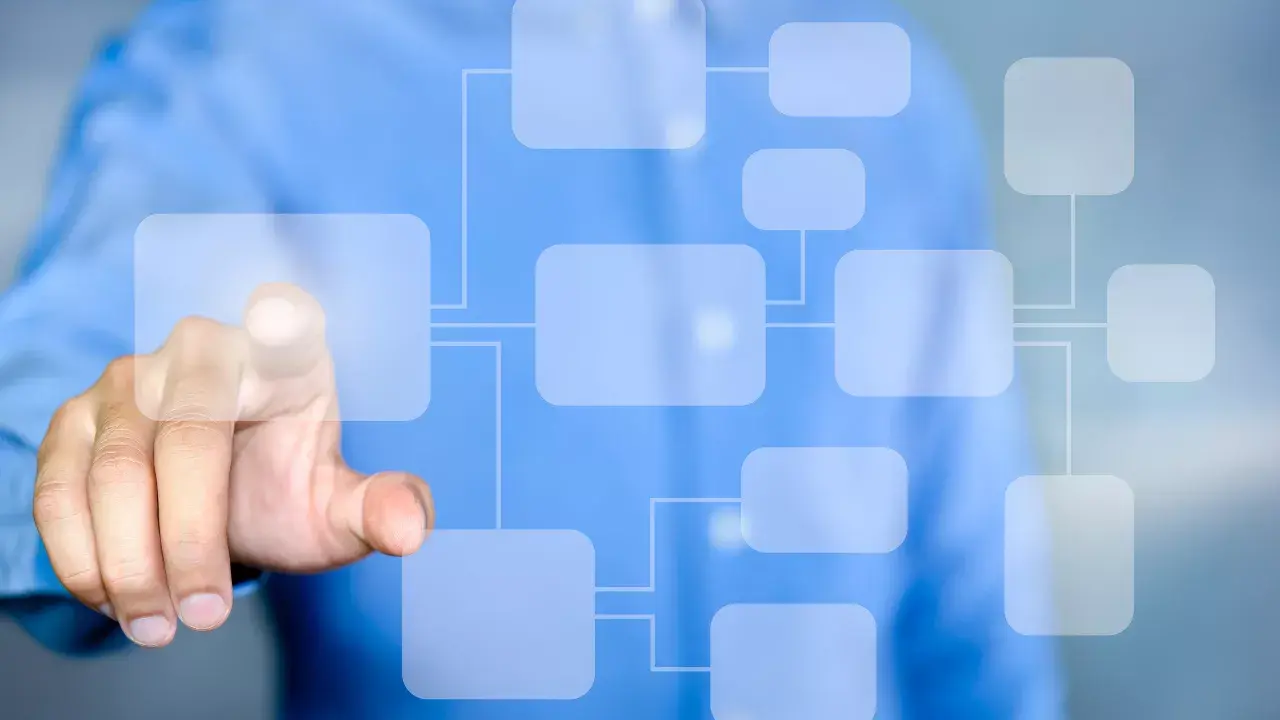To effectively reach and engage customers in today's competitive B2C market, marketing automation is an indispensable strategy. By automating various communication flows, companies can not only save time and resources, but also create more personalized and relevant experiences for their customers. To show you what we mean, in this blog post, we'll explore the five most common marketing automation flows for B2C marketing and how they can help your business increase sales and build stronger customer relationships.
Marketing Automation for B2C
Marketing automation for B2C involves using technology to automate marketing processes and activities, making it possible to deliver tailored messages to the right people at the right time. Automated flows can be triggered by various events such as customer behavior, specific dates or interactions with your brand. The goal is to optimize the customer journey and ensure that each customer has an engaging and relevant experience.
What is a Marketing Automation flow?
A marketing automation flow is an automated way of communicating with customers and others based on different segments and criteria. A flow is initiated by a rule or condition, such as a newsletter sign-up or a product purchase. When someone fulfills the entry condition for the automation, you can trigger automatically sent emails, such as a welcome message to the customer.
Automations can also be triggered by any data if the system allows it. This means that you can create automations based on dates, different buying behaviors or activities to send out notifications on birthdays, when a person abandons their cart or based on content that someone has interacted with.
Now that we know what MA can do for your company's marketing, it's time to get more concrete. The five most common marketing automation flows for B2C marketing:
1. Welcome flow/Onboarding flow:
A welcome flow can start when someone signs up for a newsletter, for example. This is a great chance to welcome newsletter subscribers and introduce them to your brand. The first email could be a discount code as a welcome gift to encourage a first purchase, or a free trial for a service. Subsequent 2-3 messages can contain information about your products/services, your best solutions and what makes your brand unique. These informative emails should only be sent if the customer has not already made a purchase after the previous message. Therefore, it is beneficial to use a branch after each message in the flow to check if the customer has made a purchase.
It is important to avoid sending other emails to people who are in the welcome/onboarding flow in order not to overload them. Therefore, it is good to design a strategy to exclude the contacts in the welcome flow from the regular newsletter mailings.
2. Abandoned Cart flow:
This feed is activated when a customer abandons their cart without completing the purchase. It's a perfect opportunity to not miss a sales opportunity, and it usually has a high conversion rate. Emails in this flow can take two different forms. The most common is to remind the customer of the products left in the cart and say something like "Did you forget something?", to encourage them to complete the purchase before time runs out. You can also offer help or support if the customer encounters problems during the purchase process. This message can state that the shopping cart is saved and that the customer can contact you if they need help completing their order, with a link to customer service and the customer's shopping cart.
3. Birthday/anniversary flow:
This is a date feed, which is activated on a specific day or time, for example the customer's birthday. Many people appreciate receiving a small gift or discount code on their birthday, which can increase the chance of a purchase. Another option is to send a message a few days before or after the birthday to stand out in the inbox, as the majority send the message on the birthday itself.
An anniversary feed can also be used to celebrate, for example, one year as a customer/member. It can be good to send an offer to celebrate and show appreciation to the customer. A perfect way to build loyalty with your customers.
4. Abandoned Browse flow
When someone visits a product several times over a period of time without making a purchase, the flow kicks in. To communicate properly, it is helpful to break down this flow at the category level. The messages in this flow can remind the customer of the product they were looking at and include a link (CTA button) back to the product page as well as related products in the visited category. It is important not to be too aggresive, so as not to be perceived as intrusive.
5. Anti-churn flow
This flow focuses on reactivating customers who haven't shopped or interacted with your newsletters for a long time. The combination of email and SMS can be effective in attracting these customers back. Offering a generous offer or a discount code can increase the chances of regaining their interest. If customers do not respond to the reactivation flow, they should be removed from the newsletter list to avoid sending messages to inactive contacts that impair deliverability. Sending emails to inactive contacts is neither good for you nor for your customers.
In summary
Marketing automation is a powerful method to improve B2C marketing efficiency and customer experience. By implementing welcome flows, abandoned cart flows, and anti-churn flows, for example, your business can engage customers in a more personalized and relevant way. These flows help build loyalty, increase sales and optimize the customer journey. By using these strategies, you can ensure that every customer has a personalized and engaging experience, which in turn promotes the growth and success of your business.







